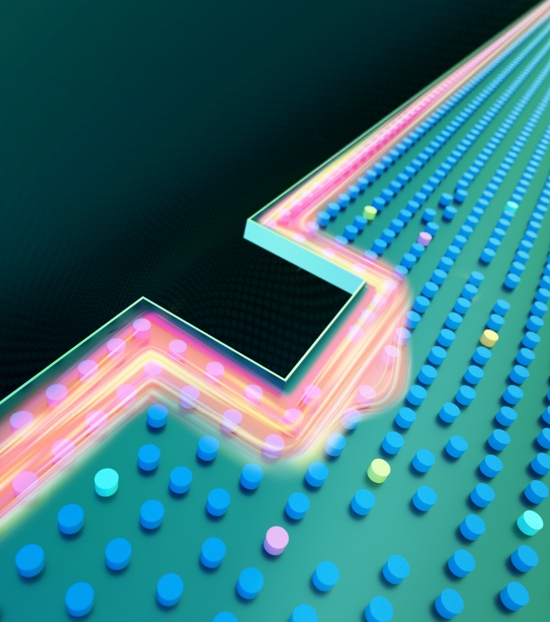Topology is an important branch of mathematics formed in the 19th century. It studies the invariant properties of geometric figures or space under continuous deformation. The idea of topological physics originated from the exciting discovery of the integer quantum Hall effect (IQHE) in condensed-state physics. Klitzing found that the two-dimensional (2D) electron gas in a strong perpendicular magnetic field has a quantized Hall conductance. The quantization originates from the non-trivial topology of the energy band structure, which is characterized by the Chern number according to the theoretical work of Thouless, Kohmoto, Nightingale, and den Nijs (TKNN). Haldane and Raghu creatively introduced the concept of topology to photonic crystals for the first time, as they proposed a photonics analogue of the quantum Hall effect in photonic crystals. Edge states appear at the domain wall between materials that have different Chern numbers and go through the topological bandgap in momentum space according to the bulk-edge correspondence.
Photonic systems as bosonic systems, have unique advantages to the electric systems. The entire spectrum of topological materials can be exploited because the Fermi levels are substituted with frequency in photonic systems, which means the equi-frequency contour of bulk and surface states in topological semimetals can be tuned by the frequency. The easier fabrication also allows the delicate design of the interface, edge, and corner, which greatly facilitates the study of topological states and their application in on-chip integration systems.

Schematic diagram of two-dimensional topological optical waveguide
The research group led by Prof. Shuqi Chen from Nankai University introduce the topological photonic states in artificial microstructures in a review published in Chinese Optical Letters, Volume 19, No. 5, 2021 (Hui Liu, et al., Topological Photonic States in Artificial Microstructures). They introduce two types of topological gapped phases in photonics system caused by integer quantum Hall effect and quantum spin Hall effect, and topological gapless phases, including Weyl points, 3D Dirac points, and nodal structure in 3D photonic semimetals. At last, they introduce the recent progress in higher-order phases that rise beyond the conventional bulk–boundary correspondence. By presenting the theories and properties of the three topological phases in photonics system, they reviewed the development of topological photonics, and showed the recent hotspots of topological photonics research.
Topological-protected modes are immune to defects and backscattering, showing ideal transport property that achieve lossless transmission of light. Topological-protected wave manipulation may lead to radical changes in integrated optical devices, which indicates a bright future for real applications in topological photonics. The most straightforward applications exploit the topologically protected unidirectional edge states as robust optical delay lines or isolators. The topological phenomenon can be used in the development of lasers, amplifiers, and light sources to improve their performance. The robust transport of photons also boosts the development of photonic topological quantum information processing and quantum computing. Although the practical application of topological photonic devices is still a challenge, such as the limitation of manufacturing process and the properties of optical materials, the excellent properties of topological photons will ensure their future application potential.


